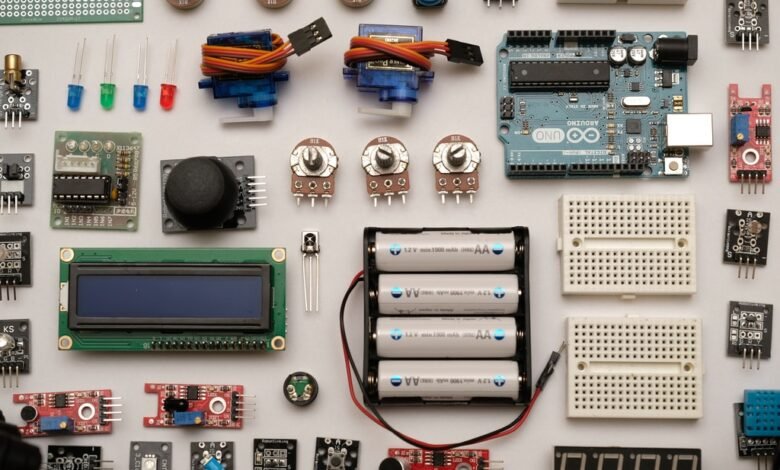How to Start an IoT Company

As with any developing technology, entrepreneurs worldwide are eager for a shot at building IoT company. But, if IoT is Mount Everest, we’re still at base camp when it comes to understanding the full consequences of the journey. Today we find ourselves at the point where SAAS was in 2008. The market is hungry for it, but few have succeeded in doing it. While every startup’s future IoT product offerings will differ, there are some core elements that must be solved before launching an IoT company from scratch. Here are three.
1. Practice design thinking in product development
When starting a new venture, the normal human tendency is to begin with tactical work. “What first?” is frequently the first issue entrepreneurs attempt to address, before delving into “Why is what we’re doing important?” Design thinking is a framework for ideation that institutions like Stanford teach and executives at IBM. At its most fundamental level, design thinking fosters the development of practical creativity. It entails four processes when launching a business, developing a product, or implementing a new strategy:
- Determine what people truly require.
- Push past obvious solutions in search of game-changing innovations.
- Create rudimentary prototypes to iterate on ideas.
- Create a compelling human tale to motivate people to action.
Experts at iot-now.com use design thinking to find a need that justifies an IoT solution, rather than expecting their product will generate one.
2. Scaling an IoT company is not the same as scaling any other company
A theory exists called the “scaling fallacy” that applies to IoT companies. A scaling fallacy occurs when someone assumes that simply because something works at one scale, it would operate equally well at any size. People presume that if a little ant can lift 50 times its own body weight, a human-sized ant can do the same. This is simply not true. Similarly, an IoT company’s engineering for prototype versus engineering for scalability is quite different.
3. It’s all about security, security, security
A Gemalto IoT security report revealed that only 33% of respondents to the survey believed they had complete control over the data collected by their IoT equipment. Protecting data gathered from a connected device poses a unique set of challenges compared to installing antivirus software on a computer. Security on the Internet of Things is fundamentally more challenging, which is why many “put it off” until it is too late. Stanford computer science professor Philip Levis established that the urgency to build a product that is fundamentally difficult to develop causes IoT security procrastination. Because each linked device offers a new “door” that a hacker could break down, the threat only grows as the number of connected devices grows. As a result, security must be a top focus from the start — even in the early stages of development. Following that, IoT startups should quickly invite experts to comment on security flaws. Procrastinating on security could cost you a lot of money.
To say the least, becoming an entrepreneur in an emerging industry is dangerous. The possible problems you’ll face along the journey are unrivaled, with the majority of them still to be discovered. But, with the total number of IoT connections expected to grow from 6 billion in 2015 to 27 billion in 2025, it’s a market opportunity too compelling for entrepreneurs to ignore.









4 Comments